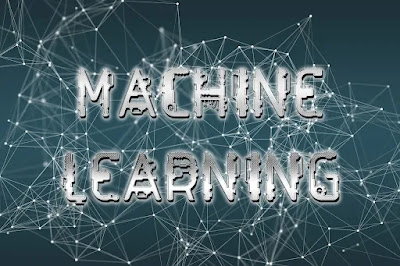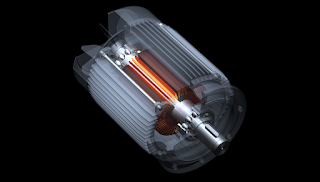Machine Learning
AI is a part of computerized reasoning (simulated intelligence) that spotlights on creating calculations and models that empower PCs to gain from information and pursue expectations or choices without express programming. The field has seen huge headways lately, changing different ventures and adding to the improvement of canny frameworks.
At its center, AI includes the production of models that can sum up designs from information, permitting them to settle on expectations or choices on new, concealed information. There are three fundamental kinds of AI: regulated learning, unaided learning, and support learning.
In regulated learning, the calculation is prepared on a marked dataset, where each info is related with the comparing yield. The model figures out how to plan contributions to yields, making it fit for anticipating the result for new, concealed inputs. This kind of learning is regularly utilized in undertakings like picture acknowledgment, discourse acknowledgment, and normal language handling.
Unaided learning, then again, manages unlabeled information, meaning to find stowed away examples or designs inside the information. Bunching and dimensionality decrease are normal methods in solo picking up, assisting with uncovering connections and groupings in the information without unequivocal direction.
Support learning is a worldview where a specialist figures out how to pursue choices by cooperating with a climate. The specialist gets criticism as remunerations or punishments, directing it to streamline its dynamic cycle after some time. This approach has been fruitful in applications like game playing, mechanical technology, and independent frameworks.
One of the vital drivers behind the progress of AI is the accessibility of huge datasets and strong processing assets. The capacity to deal with tremendous measures of information permits models to learn complex examples and connections, prompting more exact forecasts. Moreover, headways in equipment, for example, designs handling units (GPUs), have sped up the preparation of profound brain organizations, a subset of AI models motivated by the construction of the human cerebrum.
Profound learning, described by brain networks with different layers (profound brain organizations), has been a forward leap in AI. It has shown striking execution in assignments like picture and discourse acknowledgment, normal language handling, and in any event, messing around. Convolutional Brain Organizations (CNNs) and Intermittent Brain Organizations (RNNs) are famous models inside the domain of profound learning.
AI applications range different spaces, including medical services, money, advertising, and assembling. In medical services, prescient models assist with diagnosing sicknesses and customize therapy plans. Monetary establishments influence AI for extortion discovery, risk appraisal, and algorithmic exchanging. Showcasing endeavors benefit from suggestion frameworks and client division, working on designated publicizing.
In spite of its triumphs, AI faces difficulties, like interpretability, predisposition, and moral worries. Deciphering complex models like profound brain organizations can be testing, bringing up issues about their dynamic cycles. Predisposition in preparing information can prompt one-sided forecasts, affecting decency and inclusivity. Moral contemplations incorporate issues connected with security, responsibility, and the likely cultural effects of broad AI reception.
All in all, AI has arisen as an incredible asset with groundbreaking likely across different enterprises. Its capacity to remove significant examples from information, combined with headways in profound learning and processing framework, has pushed the field forward. As AI keeps on developing, tending to difficulties and moral contemplations will be critical for its dependable and gainful combination into society.




Comments
Post a Comment